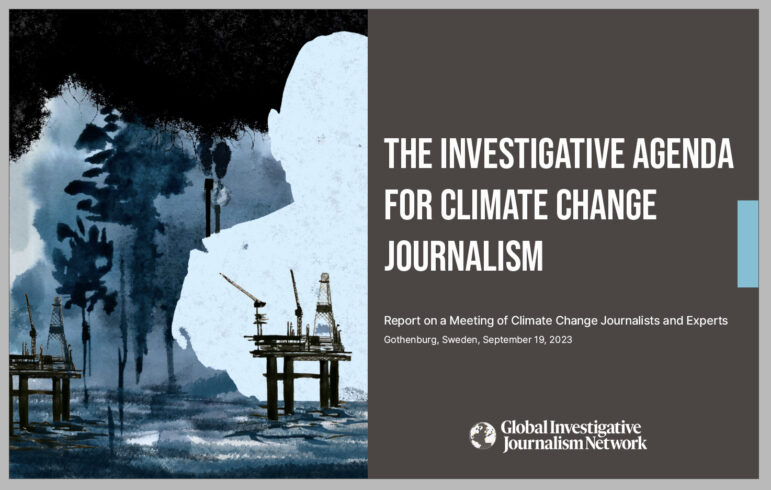IRE accepting award applications, changing catagories
It’s that time of year again – time to enter your best work into the IRE Awards. Among the most prestigious in journalism, the IRE Awards recognize outstanding investigative reporting across all media. Eligible entries must have been published or aired between Jan. 1 and Dec. 31, 2011. The postmark deadline for submissions is Jan.13, 2012.
To better reflect the evolving nature of the industry, and the challenges inherent in the categories as they existed, IRE has restructured the categories for our awards. Along with the new categories to enter, we also have many special awards including ‘Breaking News’ and the ‘Gannet Award For Innovation in Watchdog Journalism’ For more information, please check out the online FAQ.
The official entry form is available to download from our website. For additional information on the awards, you may refer to our online FAQ page, or please feel free to contact the IRE Resource Center (rescntr@ire.org or 573-882-3364) if you have any questions.









